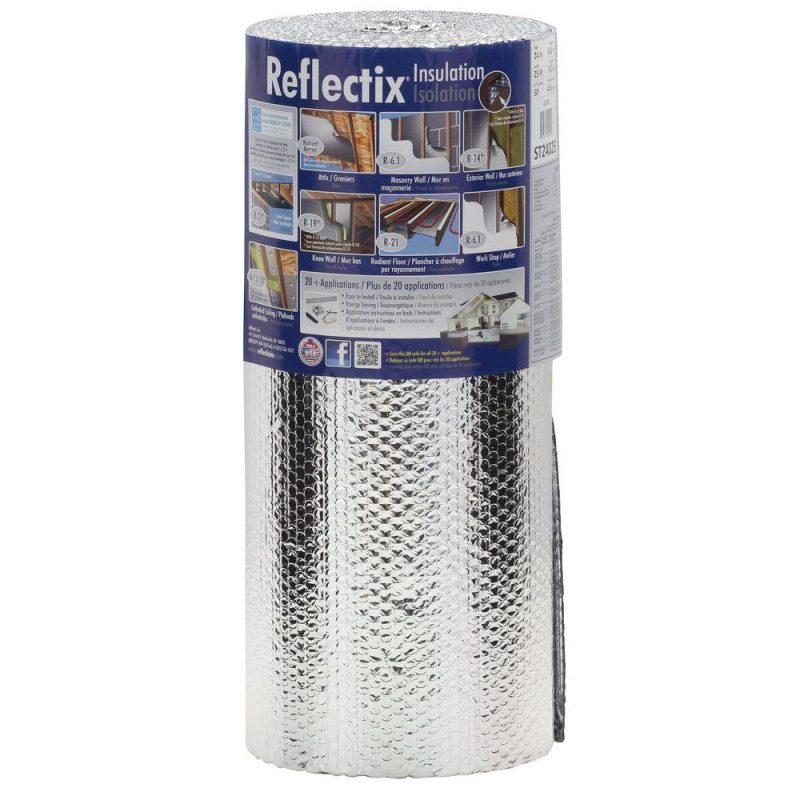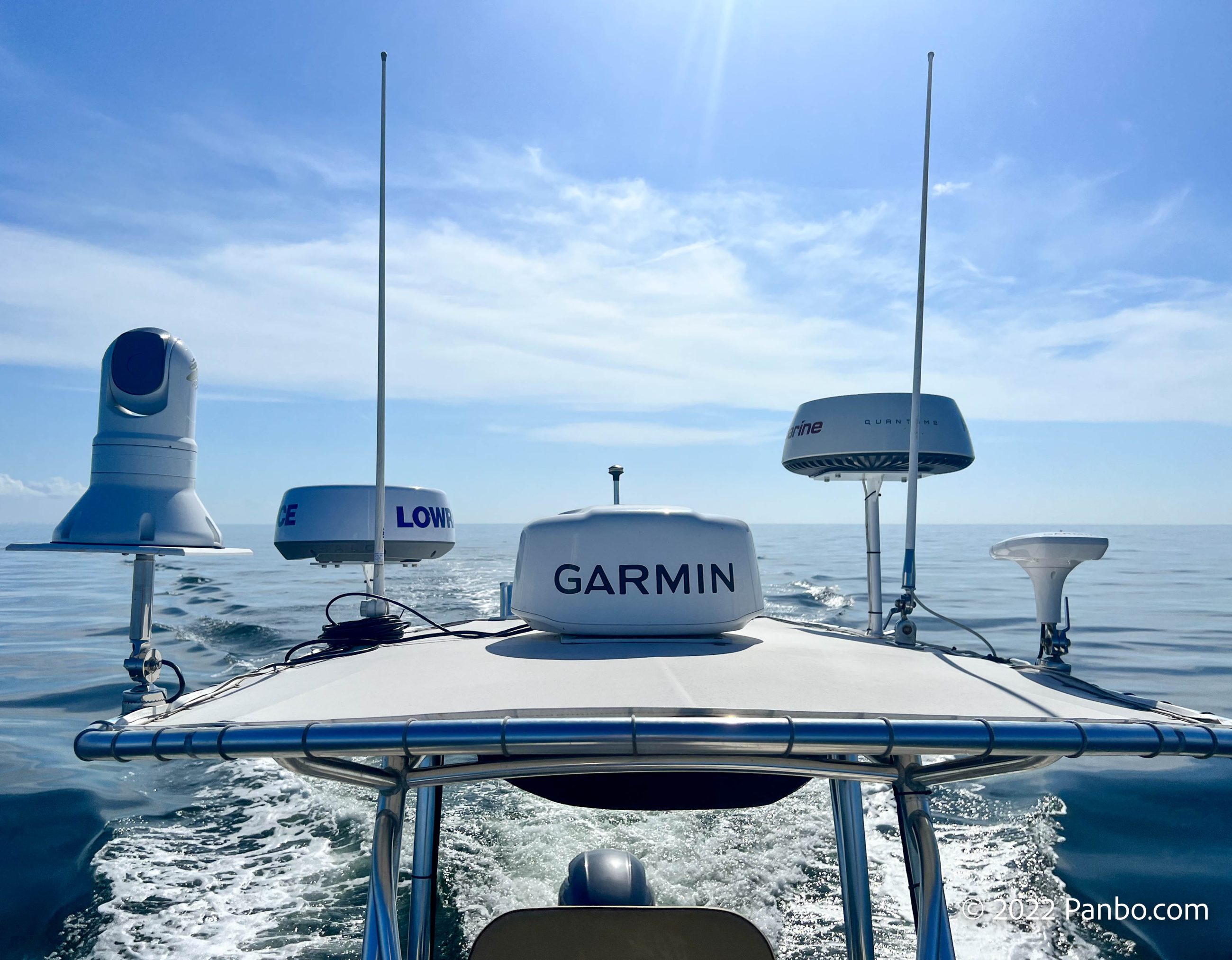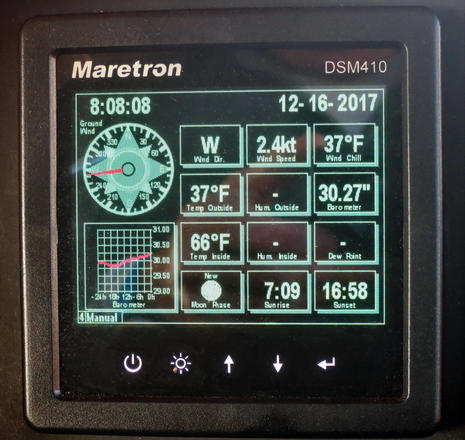Eye popping electric bills, monitoring and reducing electrical consumption
Have Another Day is currently in Fort Myers on the Caloosahatchee River. It’s quite warm here with daily highs in the low to mid 90s. As a result, the water in the marina is also quite warm at nearly 90 degrees. Last month Have Another Day sucked down over $300 in electricity, that’s more than she uses in an entire season in Chicago. During the day, with the thermostat set to 76 degrees the salon air conditioner runs nearly continuously from about 11 am until sunset. So, I figured my biggest culprit is likely the 48,000 BTU split gas Salon AC unit. I’ve verified it’s properly charged, strainer clean, condensers flushed, etc. I had previously put an amp clamp meter and knew it draws about 16 amps once started.
The marina power is billed at $0.12/kWh which means that running the unit costs about $0.44 / hour (230v*16a=3,680 watts or 3.68kw * $0.12 = $0.44). If it runs for 12 hours a day (which seems like it might be low) that’s $5.28 per day from just that one AC unit. There’s still the other AC unit, the fridges, chargers and everything else on the boat. So, it’s not so hard to figure out how I got to $300 in a month.
I think we’ve already done most things we can easily do to reduce the cooling needs. We’ve added heat rejecting film to the inside of the pilothouse windows, we keep the wood blinds closed on the salon windows, and we keep the curtain drawn on the aft sliding door, we turn the stateroom AC units above 80 degrees every morning.
I’m a data-driven person and I love to know the impact of changes quickly. So, I’ve been wondering, how much would I save if I set the thermostat a degree or two warmer. To get an idea I installed a Blue Sea Systems 1838 OLED AC Multimeter. It does a nice job of displaying real-time info but it doesn’t count kWh consumed nor can I display it remotely and opening the engine room hatch each time isn’t super convenient.
At my dirt home I’ve gone nuts with branch circuit monitoring. Each of the roughly 60 breakers in my panel has an individual current transform (CT) connected to a BrulTech GreenEye Monitor (GEM). From there I run the data through a number of data visualization services. While I love this level of information I’m not sure it’s viable on the boat. My AC panel is very full and cramped and I don’t believe I’d have much luck jamming all the CTs in plus I’d then have to find a space for the GEM which is pretty big. But, I’d still love at least some of the information like what I can get at home.
So, I’m curious if others have ideas both about measurement and potential ways to reduce energy consumption? I’ve considered trying to add insulation to the boat, but I’m not sure I can get enough in to make a meaningful difference. I’ve already added the foil and bubble insulation above to hatches and other areas I can feel heat coming in. I’d also love to get better control of the thermostats. I really wish I could get Nest like functionality with occupancy sensors that adjusted the set-point based on our occupancy. I’m all ears for any ideas.
















Hi Ben,
I’m in Queensland Australia – similar temperatures that you are in. I significantly reduced my air-conditioner run times by shielding the sun from the window exteriors. I tried films and inside blinds and screens but I realised that it was the glass and cabin sides that radiated the heat into the boat. I installed a combination of exterior vinyl and canvas screens that shield the front and sides of the cabin (including windows) of my vessel. They are fitted with SPACE between them and the glass/cabin side. The difference was amazing. It’s not quite as pretty and it does restrict the view … but I wouldn’t be without them now.
Very interesting. I have a (black) Phifertex shade on the front which does pretty well knocking the heat down, though I’m sure it would be much more effective if it were white. I’ve thought about getting white shades made fro the front windows and pilothouse. I suppose we could do the same all the way down the sides of the boat.
I experimented with colours – white was slightly better that darker – but it was the air gap between the exterior screen and the boat cabin side or window that really made the difference. The screen absorbs the heat from the sun – the air gap prevents it being transferred to the boat.
Remote operation of my boat’s AC units is something I’ve wanted to do for a long time. I’ve scoured the Dometic website looking for a way to do this via a NMEA2000 method but the best I found involves replacing all my AC units with new models that allegedly support this.
Ben, I don’t know if this could work for your boat, but I had a foredeck awning made that really helps to keep Gizmo cool, and uses zero amps 😉
https://panbo.com/gizmos-awning-ac-and-muvman-sit-stand-stool/
Again I’m not sure it could work on your boat, or any boat, but do you know about Sense monitoring, which can purportedly identify various AC loads by their use signature and those avoid individual circuit amp sensors. The crew who installed my solar system reports good results:
https://sense.com/
Agreed with the others. You need to look at how to reflect the sun and heat before it even hits your hull. Our sailboat has teak decks which are the worst. During the day they absorb the heat and you can barely walk on them. At night they reflect the heat inwards. We tried an experiment of shading them one day and the boat was 5 degrees cooler that night. I’d see how you can shade as much of your boat as possible on the outside.
Our sailboat has a black hull – looks great but VERY hot in the sun of the Caribbean. Our fridge and freezer are on the port side and when at anchor with the prevailing easterlies, the boat always sits with the port side to the sun. Even though we have great insulation of the compartments, the hull heat can be overwhelming. We discovered that by hanging a sunbrella shade over the edge of the outside of the hull where the compartments are, it noticeably reduces the run time on two compressors. By adding fishing weights on lines, we are able to stop the shade from flapping around too much.
Ben, We had a similar experience up in the Chesapeake when enduring an August summer heat wave 98 to 100 degree days(although water temperature was only 88 degrees) while near Solomons Island. It was hot enough that the ac wouldn’t cycle. It just ran constantly. I was able to aid it with placing the aluminized insulation like car dash protectors under our outside texture screens. Any fixed windows ( pilot house windshields , doors and even the bomar hatches,) I cut aluminized foam insulation board (r-3.2) to press fit into the frames on the inside. I also used aluminum duct tape to the raw edge to protect the exposed foam. This effectively gave us the effect insulated glass. This helped enough to permit the unit to actually cycle on and off. We were living in cave but at least it was a cool cave. We used this these same panel in the winter along with 3/4″ bubble wrap (trying to keep down the condensation.)
The key to reducing heating demand in winter is insulation and heat loss. In summer it is much more effective to shade as it’s the radiant heat that drives the greatest heat loading. You have between 800W and 1200W per square meter (roughly 10 sq ft).
Anything you can do to shade will have the biggest impact. The goal is to shut off AC units as this, not surprisingly, has the biggest impact on energy consumption.
Humans all respond to airflow, temperature and humidity in different ways. Shading will deal with temperature in summer. Next airflow will mitigate the impact of humidity (decreasing benefit as humidity increases). So large volume fans or blowers are ideal but tricky on a boat. We use lots of computer fans. They have much better efficiency and much more palatable white noise than marine fans. They are also much cheaper.
AC is primarily used for humidity control and has the added benefit of cooling the air. Large buildings mix heating and AC to control air temperature and humidity with low airflow but this approach is not useful in a boat. So minimize your AC usage to just deal with the humidity.